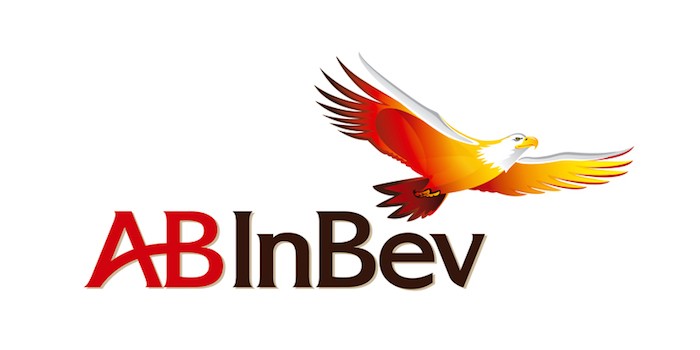The Winebow Group, a national importer and distributor of fine wine and craft spirits, announced yesterday its acquisition of Noble Wines of Seattle, Washington.
The companies will combine their efforts in Washington and Idaho, and operate as Noble Wines, a member of The Winebow Group.
With the addition of Washington and Idaho, The Winebow Group has increased its distribution network to 19 states. This number includes Connecticut, Delaware, Florida, Georgia, Illinois, Maryland, Massachusetts, Minnesota, New Jersey, New York, North Carolina, Pennsylvania, South Carolina, Virginia, West Virginia, Wisconsin, and Washington, D.C.
“It is with great pleasure that I welcome Noble Wines to our family,” said David Townsend, President and CEO of The Winebow Group, in a press release. “Chuck Marush and Greg Nelson, who founded Noble in 1988, have been our partners for over 25 years. They have created an excellent organization that fosters the fine wine culture and dedication to customer service that are at the core of our business.”
“We are thrilled to expand our distribution network to the Northwestern United States and look forward to working with the talented team at Noble to further grow their operations in the Washington and Idaho markets,” Townsend added.
“Joining The Winebow Group family through this acquisition represents a terrific opportunity for our employees,” said Marush. “Noble and the entire team will benefit from an expanded offering of exceptional wines and spirits, increased levels of service and coverage, and improvements to systems and infrastructure. This partnership will allow us to honor our obligations to both suppliers and staff at the quality level that they have known throughout our history.”
“As privatization has resulted in profound changes to our industry here in Washington, our alliance with The Winebow Group will give us the platform and flexibility to actively manage these changes and successfully grow,” said Nelson.
Marush and Nelson will stay on with the company, managing day-to-day operations.















